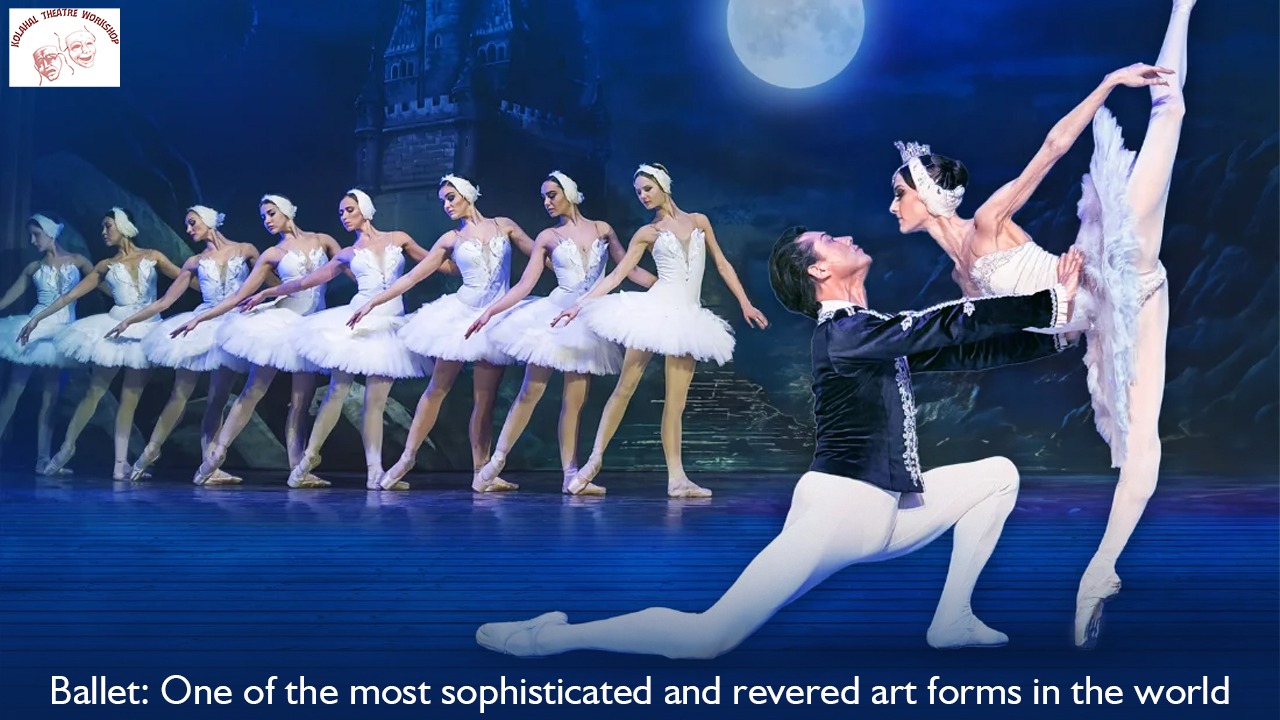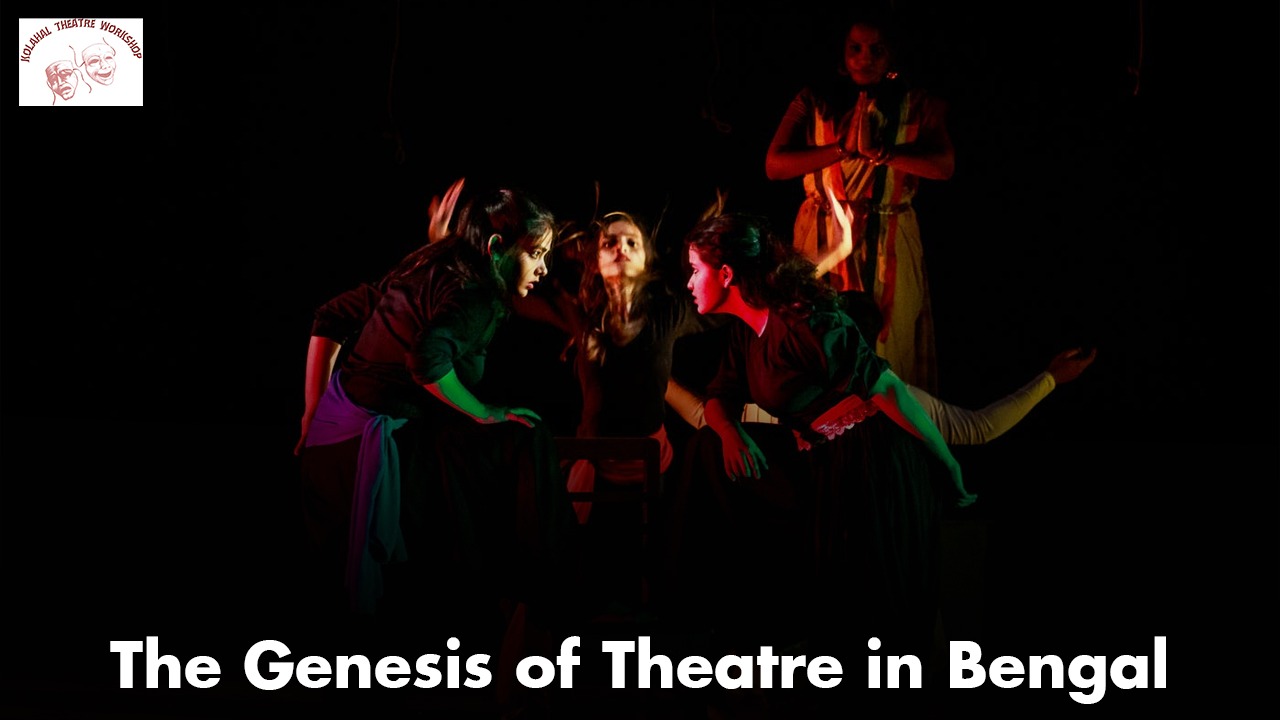The Psychological Impact of Physical Theatre
Introduction:
In the realm of performing arts, physical theatre emerges as a captivating medium that goes beyond mere entertainment, delving into the intricate landscape of human emotions. This unique form of expression allows performers to convey complex feelings and narratives through the language of the body. In this blog, we embark on a journey to explore the profound psychological impact of physical theatre, exploring the ways in which movement becomes a powerful tool for understanding and communicating our emotions.
Movement- A Powerful Tool of Emotions
Embodiment of Emotion:
Physical theatre relies on the notion that our bodies are vessels for emotion. Performers use movement, gestures, and expressions to embody a wide spectrum of feelings, transcending linguistic boundaries. This embodiment enables the audience to connect with the emotional essence of the performance on a visceral level, fostering a shared experience of human sentiment.
Expressive Potential of Movement:
The body’s capacity however to convey emotions through movement is boundless. Physical theatre, however, allows for a nuanced exploration of joy, sorrow, fear, and every shade in between. Movements become a language, with each gesture and posture speaking volumes about the emotional state of the character or the overarching theme of the performance.
Catharsis through Choreography:
The rhythmic and choreographic elements of physical theatre contribute to a cathartic experience for both performers and spectators. However, as bodies move in synchrony with emotions, a transformative process unfolds, providing a release and purification of pent-up feelings. This catharsis can be a therapeutic journey, offering a profound impact on mental well-being.
https://kolahal.org/2023/12/29/the-transformative-power-of-physical-theatre-in-ducation/
Narrative Power of the Body:
Physical theatre often forgoes traditional scripts in favor of a narrative constructed through movement. This departure from verbal communication allows for a more direct and immediate connection with the emotional core of the story. The body becomes the storyteller, weaving tales that resonate on a deeply emotional and psychological level.
Connection and Empathy:
All in all, the shared experience of witnessing physical theatre fosters a sense of connection and empathy among the audience. As a matter of fact, observing the struggles, triumphs, and vulnerabilities expressed through movement creates a communal understanding of the human experience. However, this shared empathy contributes to a collective exploration of emotions, breaking down barriers and fostering a sense of unity.
Conclusion:
In the realm of physical theatre, emotions cease to be abstract concepts and instead manifest as palpable, kinetic entities. Through movement, performers and audience members alike embark on a shared exploration of the human psyche, forging connections and gaining insights into the multifaceted nature of emotions. The psychological impact of physical theatre lies not only in its ability to entertain but in its power to evoke, provoke, and illuminate the rich tapestry of our emotional landscapes. In conclusion, as we continue to delve into this captivating art form, may we find ourselves dancing through the depths of our own emotions, guided by the profound language of the body.





Great, thanks for sharing this article.Really thank you! Great.
Thank you so much
Im grateful for the article post. Fantastic.
Thank you for your feedback
[…] https://kolahal.org/2024/01/09/the-psychological-impact-of-physical-theatre-is-vast-in-the-world-of-… […]